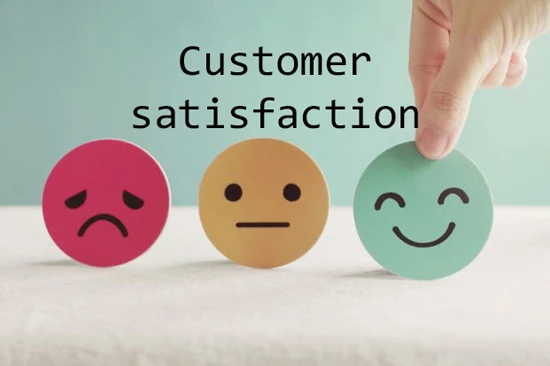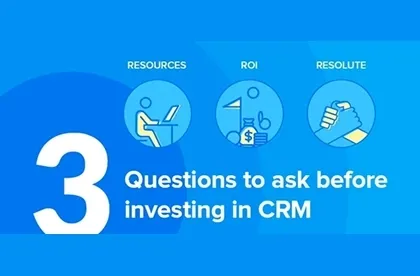For years, sales teams operated on a "sales cycle," focusing on selling goods until an order was placed and the cycle ended.
However, the problems with this approach in today's market include:
- Sales operations seem to start with salespeople, overlooking the work of marketing teams. This makes customers wary, delaying the purchase process.
- Sales and marketing teams appear to ignore post-purchase customer engagement. They don't consider the potential for sustained relationships and repeat business.
Customer service has evolved beyond a small unit in a central office. The entire organization, from top management to entry-level employees, plays a role in meeting the needs of current and potential customers. Even those not directly supporting customers can assist those who do. This approach encompasses all company efforts aimed at satisfying customers and helping them maximize the value of their purchases. This comprehensive definition includes everything that goes beyond core service and sets it apart from competitors.
Reichheld states that retaining customers benefits organizations for the following reasons:
- Customer acquisition costs can be high; therefore, customers are not profitable unless they are retained and continue to purchase from the company.
- Profit streams from retained and loyal customers help cover company expenses.
- Increased customer purchases boost revenue and improve service efficiency, thus reducing costs.
- Satisfied and retained (loyal) customers attract other potential customers.
- Building customer relationships is valuable to them; consequently, loyal customers are less price-sensitive. (Reichheld and Sasser)




